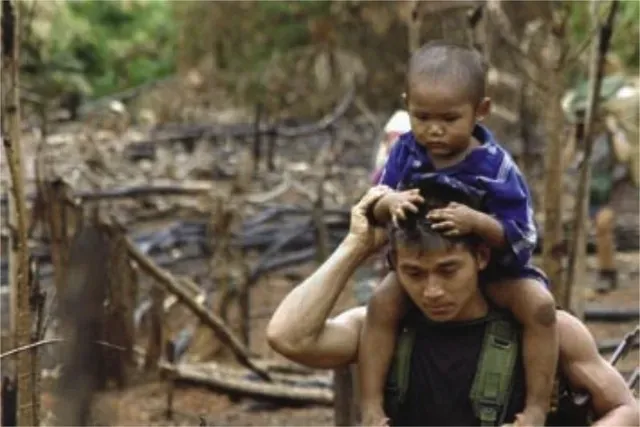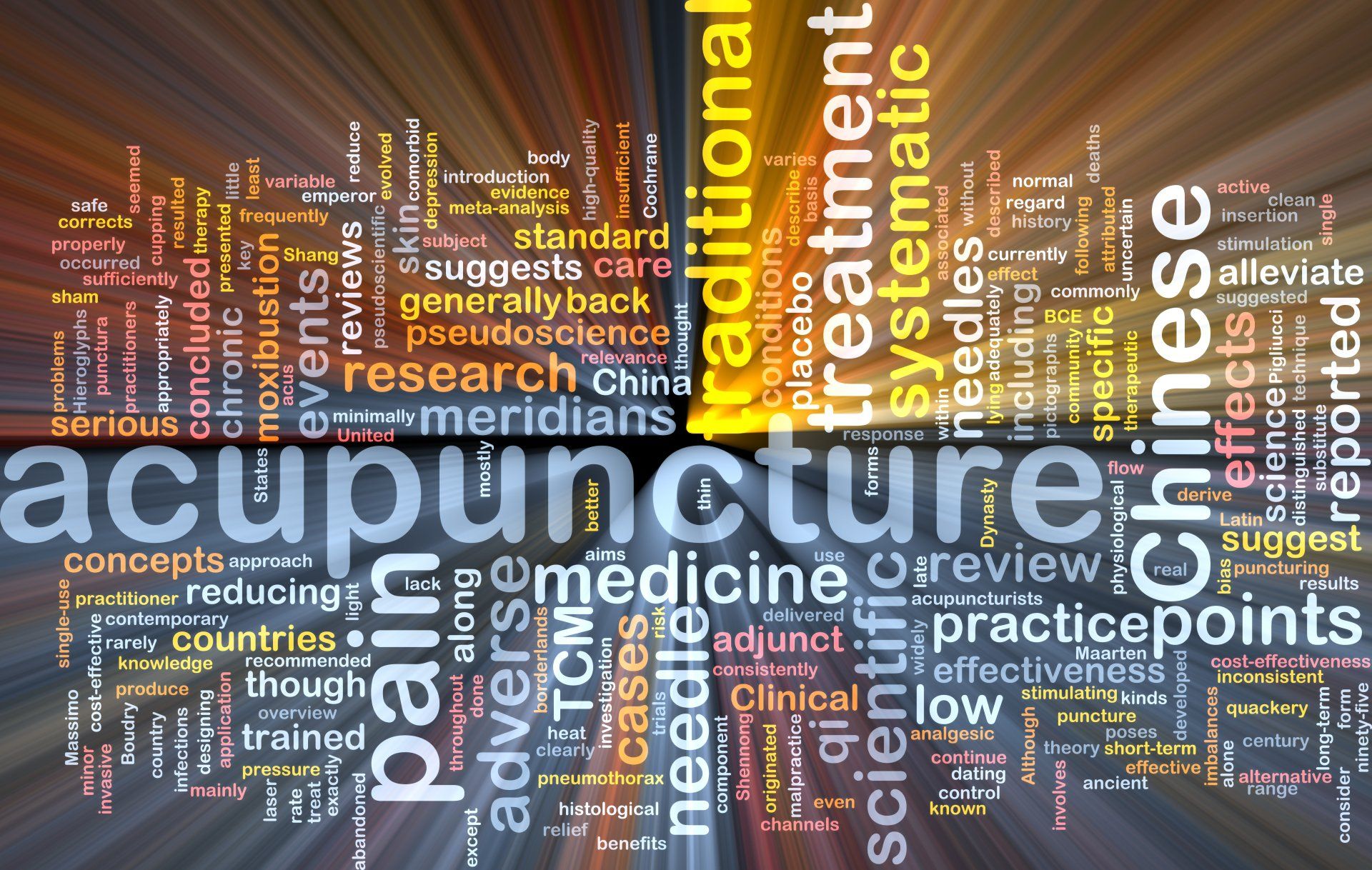Is There a Cure for The Common Cold?
Treatment of Colds and Flu Using Traditional Chinese Medicine
A phrase often heard this time of year is There is no cure for the common cold. And for most people whose primary, if not only, form of medical care is by an MD practicing modern Western medicine, is one that is true. The common cold and influenza are viral infections of the upper respiratory tract that do not respond to antibiotics or other pharmaceutical drugs. Medicine can be taken to help relieve some of the symptoms or to address secondary bacterial infections, but the cause of the illness is not being addressed or resolved.
Traditional Chinese Medicine (TCM) approaches colds and flu from an entirely different perspective and since as early as 220AD has been successfully treating these types of illnesses. Because Chinese doctors and scholars began theorizing so long ago and before the advent of microscopes, they did not consider what we now know as viruses to be the cause of colds and flu. Instead, these illnesses were considered to be an invasion of the patient by what is known as an External Pathogenic Factor (EPF). More simply said a disease producing element that exists on the outside of the body invades through the skin, nose or mouth causing the person to fall ill.
This explanation, as far as it goes, does not differ significantly from the Western point of view. Both traditions consider that the illness has been caused by a foreign element entering the body. Where the difference lies, however, is in what is believed to occur once the pathogen enters the body and how it can then be treated in ways that resolve the patient’s illness quickly and thoroughly.
Think of the body as a territory that can be invaded by outside forces. That body is believed to have several types of energy (known as Qi) existing within it. The energy that is responsible for defending the body from external invasions is known as Wei Qi which translates as “Defensive” Qi. It circulates on the surface of the body in the skin and muscles. Another type of energy, called Ying Qi or “Nutritive” Qi, is responsible for nourishing the body. It flows within the blood vessels and through the large network of channels that carry energy throughout the body. To summarize, Ying Qi is in the Interior and nourishes, Wei Qi is on the Surface and protects. These two types of energy work together to form a barrier of protection from outside forces. We can think of them as a fence, with the Ying Qi serving as the posts and the Wei Qi acting as the wire mesh. Should a Pathogenic Factor try to enter the body, the strength of the body’s resistance to it will be determined by the strength of that ‘fence’ versus the strength of the invading pathogen. If the body’s defensive ‘fence’ is strong and the pathogen relatively weak, the person will probably not get sick. If the fence is weak or the pathogen is just that much stronger, he or she may catch that cold or flu.
Let’s say that someone has fallen ill with the latest cold going around the office. Perhaps he had been working long hours, not getting enough rest and eating poorly. His Defensive Qi may have weakened and when faced with the onslaught of coughing and sneezing around him, was unable to muster enough strength to keep it out. He then came down with some of the symptoms common to colds and flu: fever, body aches, sore throat and headache. Later this may progress to alternating fever and chills, cough, nasal congestion and fatigue.
Traditional Chinese Medical theory has delineated these and other symptoms into very specific stages and by determining which stage of illness a person has reached and then using acupuncture and Chinese herbs we can very effectively treat and resolve the ailment. This theoretical model is known as the Six Stages and some of the general symptoms of each stage are as follows:
Stage 1: Tai Yang
This stage is divided into two categories:
a. Wind Cold Aversion to cold, shivering, no fever or very low fever, no sweating, headache, stiff neck, body aches, runny nose, sneezing
b. Wind Heat Aversion to cold, shivering, fever, slight sweating, runny nose, headache, body aches,cough, sore throat, swollen tonsils, slight thirst
Stage 2: Yang Ming
High fever, profuse sweating, aversion to heat, thirst with a desire to drink cold water, red face, restlessness
Stage 3: Shao Yang
Alternating chills and fever, feeling of fullness at the sides of and just below the ribs, lack of appetite, irritability, dry throat, nausea, bitter taste in the mouth, blurred vision
Stage 4: Tai Yin
Abdominal fullness, vomiting, no appetite, diarrhea, absence of thirst
Stage 5: Shao Yin
This stage is divided into two categories:
a. Shao Yin Cold: Chills, aversion to cold, listlessness, lethargy, cold limbs, diarrhea, no thirst or a desire to drink warm fluids, abundant-pale urine
b. Shao Yin Heat: Fever, irritability, dry mouth and throat, scanty-dark urine
Stage 6: Jue Yin
Thirst, feeling of energy rising to the chest, pain and feeling of heat in the chest, feeling of hunger with no desire to eat, cold limbs, diarrhea, vomiting
These are some of the more important symptoms that a TCM practitioner will look for to determine at what stage of illness the patient presents. Common cold and influenza manifest primarily with Stage 1 symptoms of Wind Cold or Wind Heat and thus is the stage that will require treatment. Very specific acupuncture points are chosen as well as a one of several appropriate herbal formulas. If the practitioner is able to treat the patient in the early days of the cold or flu he or she can often successfully expel the pathogen from the body by ‘releasing’ the surface.
To accomplish this, the practitioner summons the patient’s Defensive Qi (Wei Qi) and Nutritive Qi (Ying Qi) to fight the pathogen on the surface before it can invade into deeper levels of the body. The acupuncture points and herbs that are chosen also help to open the pores so that the pathogen can be successfully expelled. These, as well as other important functions of specific herbs and acupuncture points, work together to resolve the cold or flu quickly and thoroughly. The earlier the symptoms are addressed, the more likely the practitioner will be successful.
There are several factors that can affect this success. The first is the timeliness of treatment. If too much time has passed, or the pathogen moves into the body very quickly, the patient may progress into a later stage which then will require treatment specific to that stage.
Another factor is the relative strength of the patient versus that of the pathogen. If the patient’s Qi is quite weak or the pathogen very strong, it can be more difficult to successfully expel the pathogen while it is still on the surface and this too may require treatment of a later stage. If this does occur and the pathogen moves deeper into the interior of the body, the TCM practitioner can still effectively treat the patient by being well versed in the symptomology of each stage and the acupuncture and herbal treatments appropriate to that stage.
For several millennium this combination of acupuncture and Chinese herbal medicine has proven very effective in treating what we now refer to as the common cold and flu. These time honored medical traditions are still being called upon by one quarter of the world’s population. So next time you feel the first signs of that cold or flu that everyone seems to be passing around this time of year, consider turning to a practitioner of Traditional Chinese Medicine to address it. You just might find that there is a cure for the common cold.
By Rachelle Marmor, Licensed Acupuncturist


